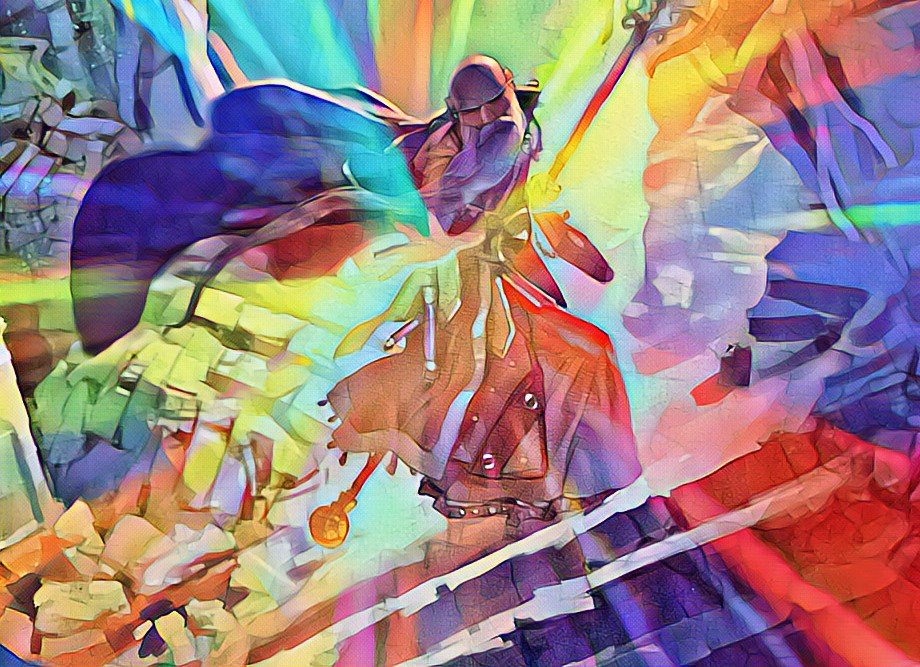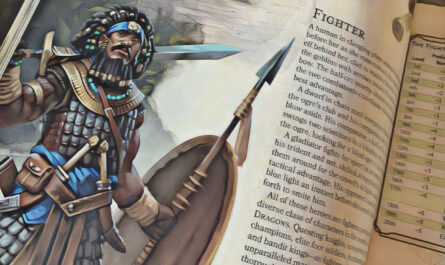Breaking Down Combat: How Do Reactions Work in DnD 5e? We all understand what a reaction is in real life. But is it the same kind of thing in D&D?
Yes. It is. But, if you are engaged in combat, you can’t just sink into the role play and react as you would in real life. You need to know the “Four Ways of the Reaction.”
What is a Reaction? – in D&D
When answering the question “How Do Reactions Work in DnD 5e?” we need to be very clear about exactly what we are talking about. According to the all-knowing dictionary …
Reaction: a response to some treatment, situation, or stimulus
– Merriam-Webster Online Dictionary
Believe it or not, when you go to the “dictionary” of D&D, the Player’s Handbook, it says something pretty similar:
A reaction is an instant response to a trigger of some kind, which can occur on your turn or on someone else’s.
– PHB, Page 190
In Combat – How Do Reactions Work in DnD 5e?
We are only talking reactions in DnD as they relate to combat. You can react to triggers any way you want during role play, etc. But if you are in combat, you need to read on. Reactions can cause a lot of confusion for both DMs and players. In general, many simply don’t realize a reaction when they see one. They also forget three important features of a reaction:
- They can be taken on a player’s turn or during someone else’s
- You only get one per round
- They can only be taken under very specific circumstances that are clearly spelled in the core rules
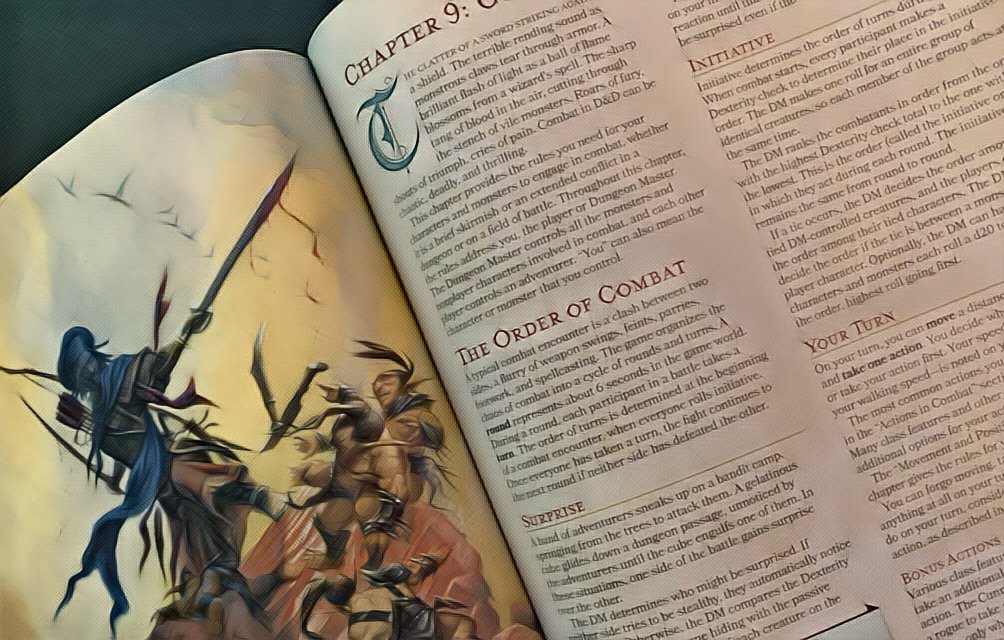
Image by Carla Bumstead/Wizards of the Coast (WOTC)
Not a Gimme According to the Rules
According the PHB, the only two things that are a given on any one player’s turn in D&D combat are a movement and an action. That’s it. Bonus actions are not automatically available. Neither are reactions.
On your turn, you can move a distance up to your speed and take one action.
– Player’s Handbook, page 189
Bonus actions, “other activity,” and reactions are extra. They are not guaranteed.
Look at exactly what it says about reactions:
Certain special abilities, spells, and situations allow you to take a special action called a reaction. A reaction is an instant response to a trigger of some kind, which can occur on your turn or on someone else’s. The opportunity attack … is the most common type of reaction.
– Player’s Handbook, page 190
Wow. There is a lot of important information there. But how to best remember it all?
I find giving complicated rules a special name helps! So I’ve given a special name to this reaction wisdom. I call it the “Four Ways of the Reaction.”
Four Ways of the Reaction
When in a combat scenario, keep the following key points in mind:
- A reaction is taken as a result of a special ability, spell or specific situation. (They are not gimmes.)
- A reaction takes place instantly, in response to a trigger.
- A reaction can occur on your turn or someone else’s – but only once per turn/round
- An opportunity attack is a reaction.

Image by Carla Bumstead/WOTC.
#1 – Special Circumstances Only
The first thing to remember is that a reaction is not a gimme. During combat, everyone does not necessarily have the option of taking a reaction. You have to have a special ability (such a Hellish Rebuke), a spell (such as Counterspell) or certain conditions have to be met (as in the case of opportunity attacks.)
If it says on your character sheet that you can do something “as a reaction,” then you got whatever you need to do one. Then it can either be on your turn or someone else’s as long as it is in response to a trigger. The same is true for spells. Look under casting time in your spell description. If it says “reaction,” you can use it (if the other ways of the reaction are followed.)
#2 Super Fast and in Response to a Trigger
Also, while a reaction is technically considered an action, it does not take the place of your action. Remember, on page 190, RAW tells us it is an instant response. It happens so fast it does not interfere with your main action.
So, as far as the rule that says you can’t cast two spells in one turn – you can when one of them is a reaction. (There are others situations where two spells in one turn can also happen.)
Counterspell. Can you counterspell a counterspell? A careful review of the rules published by Wizards of the Coast tells us very specifically that a counterspell can be counterspelled. The root of the reason why is because you can take a reaction on your turn.
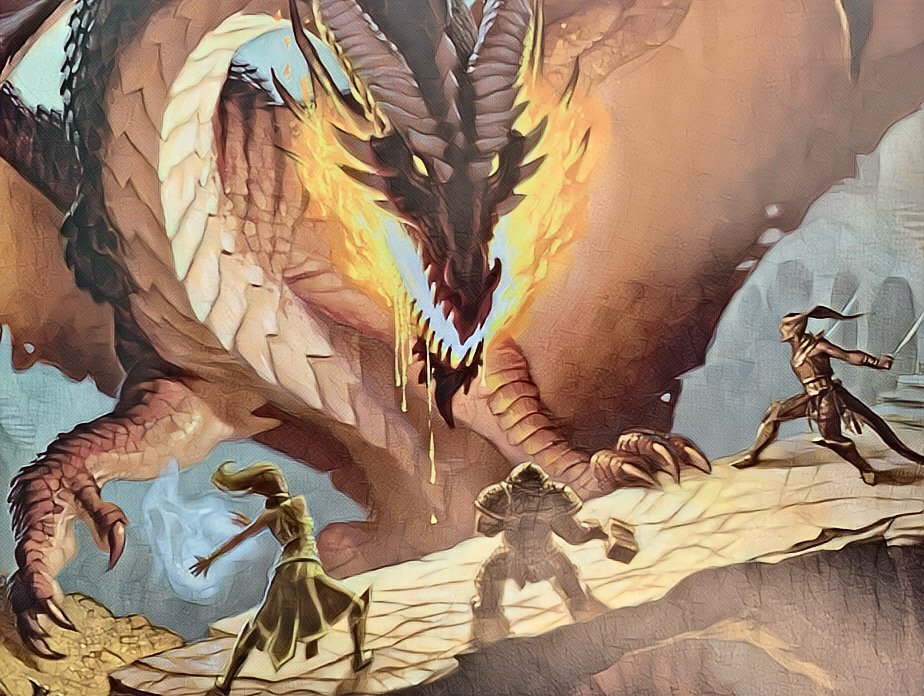
Image by Carla Bumstead/WOTC
#3 On Your Turn But Only Once
However, even if you can take a reaction on your turn, don’t be thinking you can still react to another trigger on someone else’s turn. The rules are very clear on this and often forgotten. You only get one reaction per turn, or round.
How Do Reactions Work in DnD 5e?
When you take a reaction, you can’t take another one until the start of your next turn. If the reaction interrupts another creature’s turn, that creature can continue its turn right after the reaction.
– Players Handbook, page 190
#4 Opportunity Attacks Are Reactions
How do reactions work in DnD 5e? As a DM, I have no idea how many times I have gotten it wrong. Until I did the research for this article, I never really though of an opportunity attack as a reaction. But that is exactly what it is.
You can make an opportunity attack when a hostile creature that you can see moves out of your reach. To make the opportunity attack, you use your reaction to make one melee attack against the provoking creature. The attack occurs right before the creature leaves your reach.
– Player’s Handbook, page 195
So, DMs, how do reactions work in DnD 5e? Well, obviously, you should be keeping track each round of who has taken an opportunity attack. For example, if the warlock whacks the orc with an opportunity attack as the orc turns and flees, the warlock can’t cast hellish rebuke until the start of the next round.
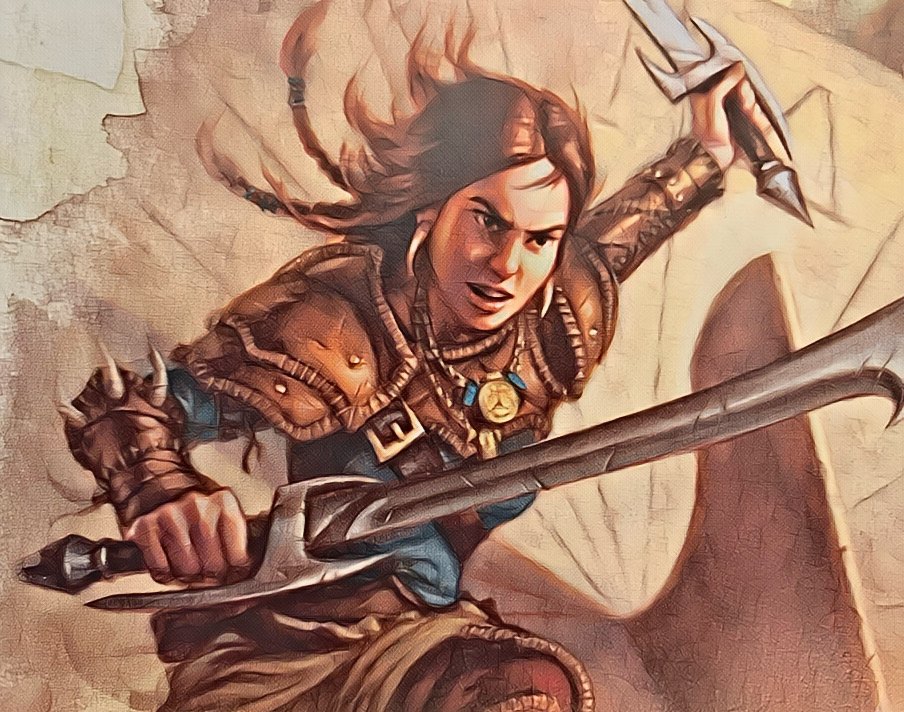
Image by Carla Bumstead/WOTC
Lovable But Not Simple
To be honest, figuring out “how do reactions work in DND 5e” sounds like it should be easy. But it’s not. In a nod to the struggles of DMs everywhere – combat is hard to run. Simple stuff is complicated, and complicated stuff can often be really easy.
For example, underwater combat sounds really hard, right? But it’s not at all. Reactions, although seemingly very straightforward, take a lot more time to figure out than to actually do. It’s just one of those lovable things about D&D.
So just repeat the following mantra often, and you will swiftly conquer the question: How Do Reactions Work in DnD 5e?
Under special circumstances only.
– You
Only one per round.
You can take a reaction on your turn.
An opportunity attack is a reaction.

